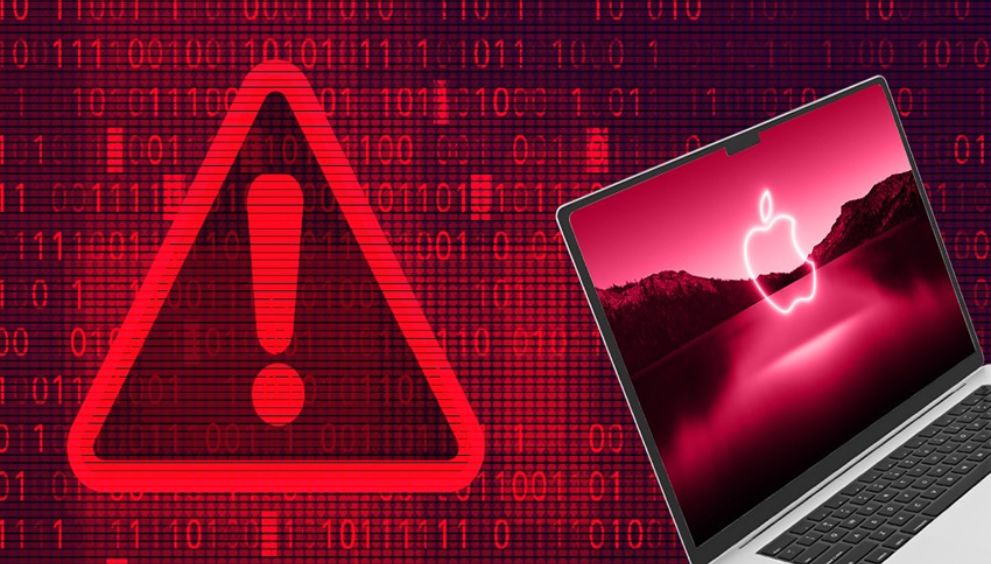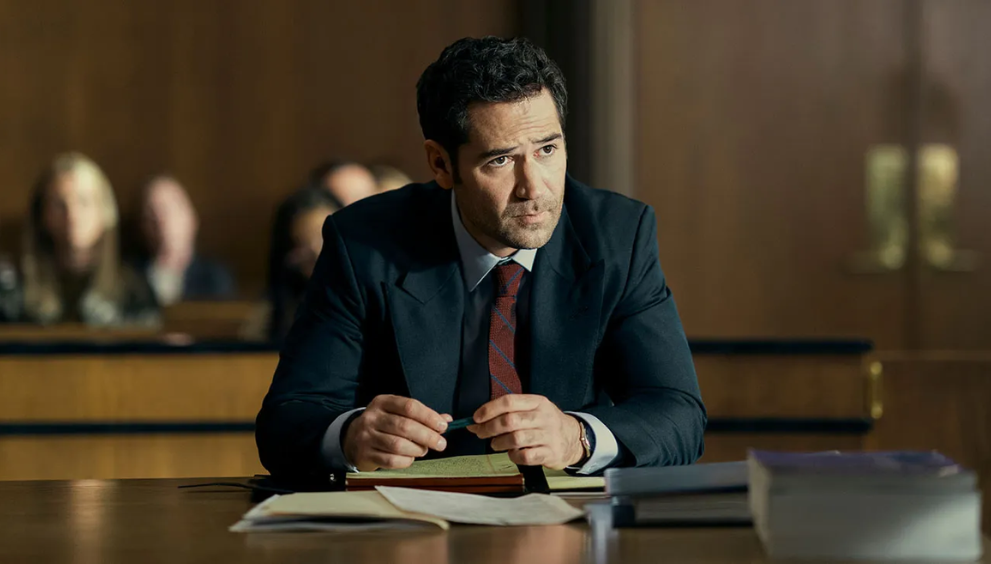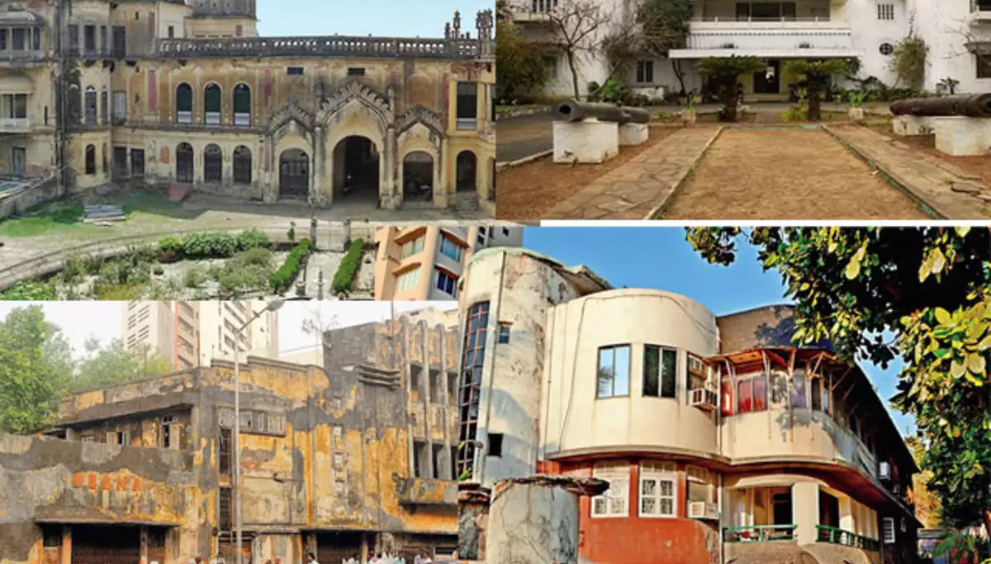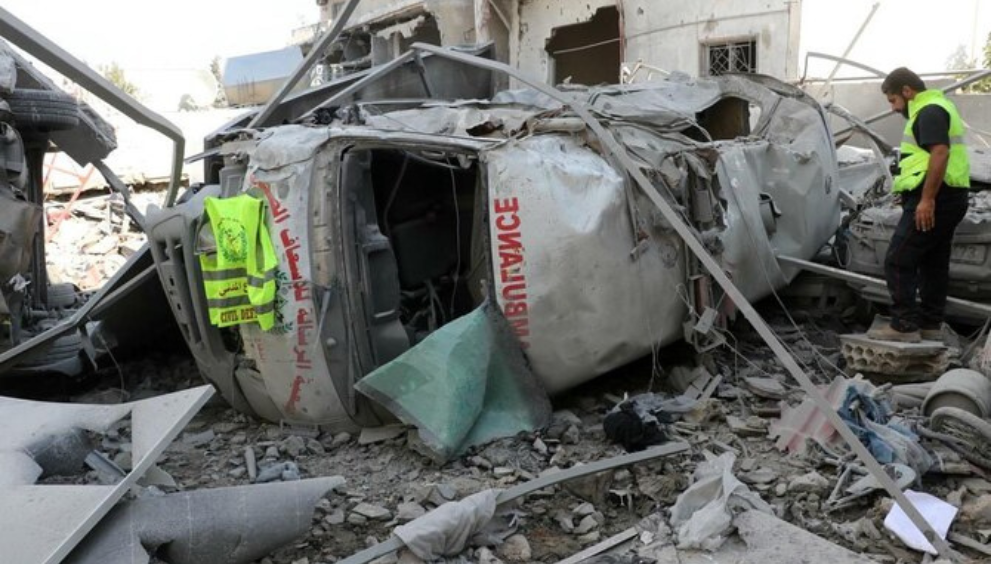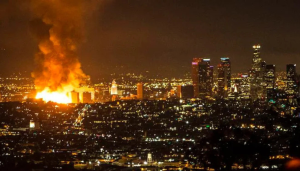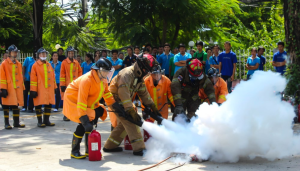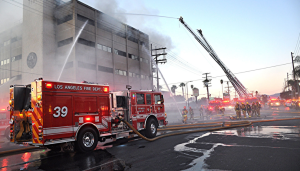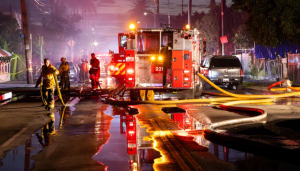5 Key Lessons from the Devastating Los Angeles CentOS Building Fire
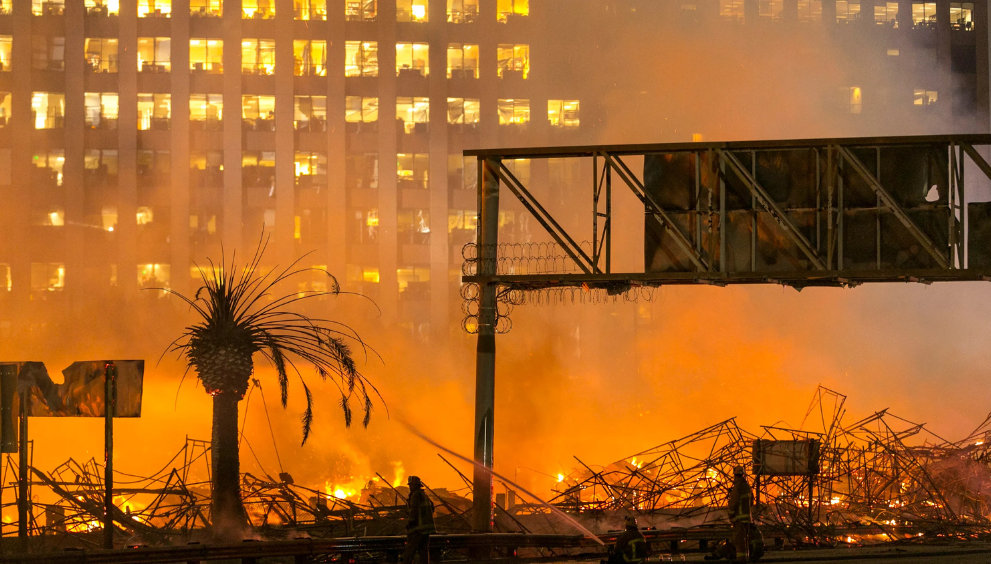
5 Key Lessons from the Devastating Los Angeles CentOS Building Fire
On [insert date], Los Angeles was struck by a tragic event as a massive fire erupted in the CentOS building, one of the city’s most recognized landmarks. This disaster not only caused significant damage but also raised alarms about the readiness of urban infrastructure to handle such crises. As residents and authorities rushed to contain the situation, the lessons learned from this incident could have far-reaching implications for fire safety protocols in urban centers across the world.
1.Prioritize Safety Systems Los Angeles CentOS building Fire

The first key lesson from the CentOS fire is the undeniable importance of comprehensive fire safety systems. The building, like many others in dense urban areas, relied on older infrastructure. The fire spread swiftly, highlighting vulnerabilities in older fire suppression systems and emergency alarms. Moving forward, it’s crucial for building owners to invest in modern, reliable systems. Fire-resistant materials, automatic sprinkler systems, and enhanced alarm networks are no longer optional—they are necessities. These measures can help prevent fires from escalating and provide precious time for evacuation.
2. Regular Fire Safety Inspections
A second takeaway from this fire is the need for regular and thorough fire safety inspections. The investigation into the CentOS blaze suggested that electrical faults and other hidden risks may have contributed to the intensity of the fire. These issues could have been mitigated with routine safety checks. Building owners must commit to annual fire safety audits to ensure that everything, from wiring to emergency exits, is in optimal condition. Regular inspections can identify hidden threats before they turn into life-threatening disasters. Authorities should enforce stricter guidelines to ensure compliance and increase awareness among property managers.
3. Educating the Public on Emergency Procedures

The chaos that followed the CentOS fire also underscores the importance of educating the public about emergency preparedness. While the fire department responded quickly, confusion among residents and workers in the building added to the danger. Evacuation procedures were not clear to all, and some struggled to find exits in the smoke-filled hallways. This tragic event has shown that it’s not enough to simply have emergency protocols in place; they must be regularly practiced and widely known. Public awareness campaigns and regular evacuation drills can make a significant difference when disaster strikes. Knowing the nearest exits, understanding the sound of alarms, and practicing calm during a crisis can save lives.
4. Stronger Building Safety Codes

Another crucial lesson is the need for more stringent enforcement of building safety codes. While the CentOS building was not exceptionally old, it was still vulnerable due to insufficient fire safety measures. This incident calls for a reevaluation of building regulations in Los Angeles and other cities. Authorities should implement stronger, more comprehensive safety codes that not only focus on the fire resistance of materials but also the maintenance of fire safety systems over time. Older buildings, in particular, must undergo retrofitting to meet modern standards. Cities must regularly update their building codes to reflect advances in technology and safety standards.
5. The Heroic Role of Firefighters

Perhaps the most heartening aspect of this devastating event was the quick and efficient response of the Los Angeles Fire Department (LAFD). Their efforts to contain the fire and save lives were nothing short of heroic. As the fire raged, firefighters worked tirelessly, putting their own lives at risk to protect the public. The LAFD’s prompt action limited the spread of the fire, preventing further loss of life and property. This highlights the importance of maintaining a well-trained and well-equipped emergency response team. Cities must ensure that firefighters are properly trained, have access to state-of-the-art equipment, and are ready for large-scale disasters.
Conclusion
The CentOS building fire has proven to be a tragic yet instructive event. It serves as a reminder that, no matter how advanced a city’s infrastructure may be, the risk of such disasters is ever-present. The key lessons learned—prioritizing fire safety systems, regular inspections, public education, stronger safety codes, and supporting emergency responders—are crucial to preventing future Read more informative blogs

 English
English 




























